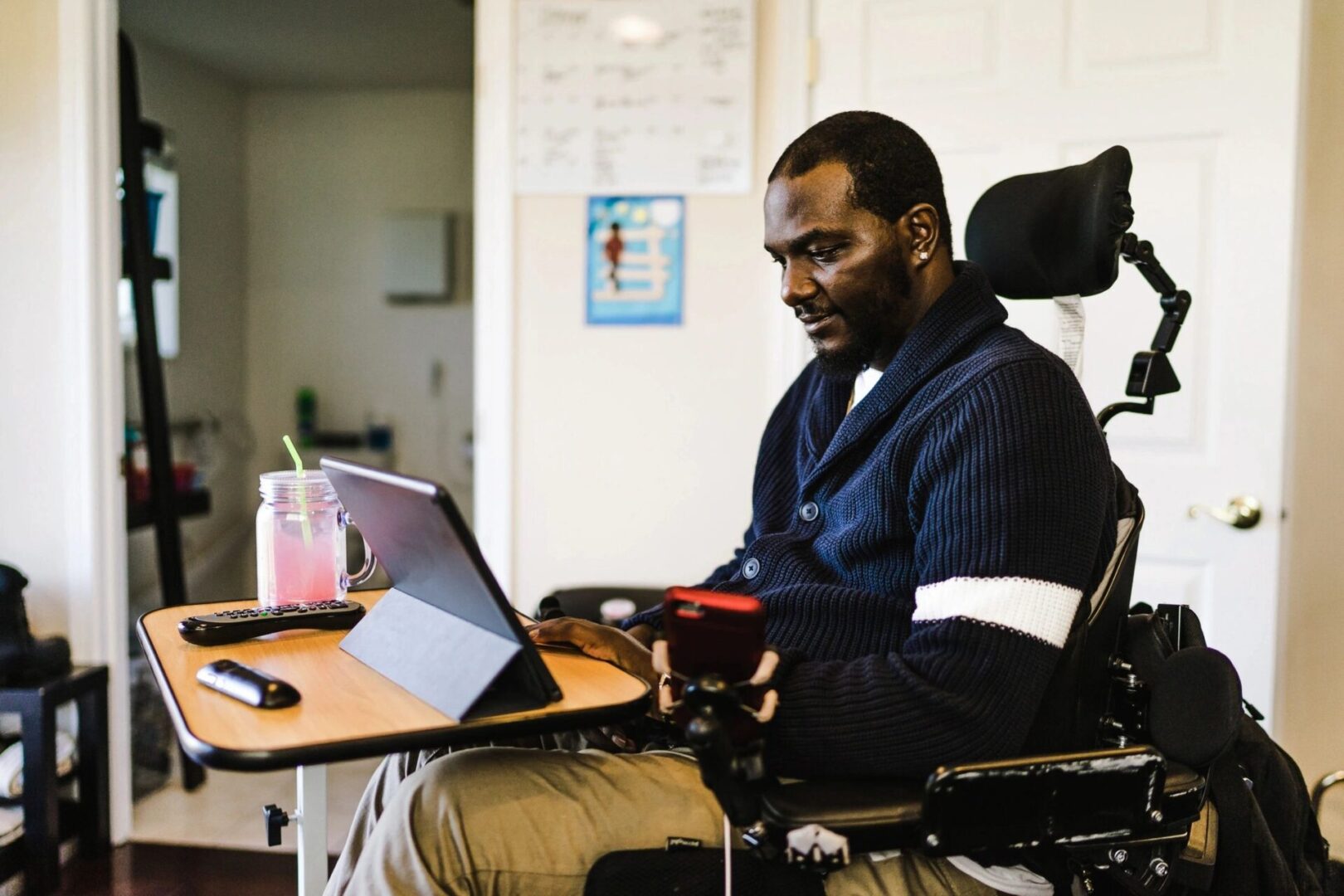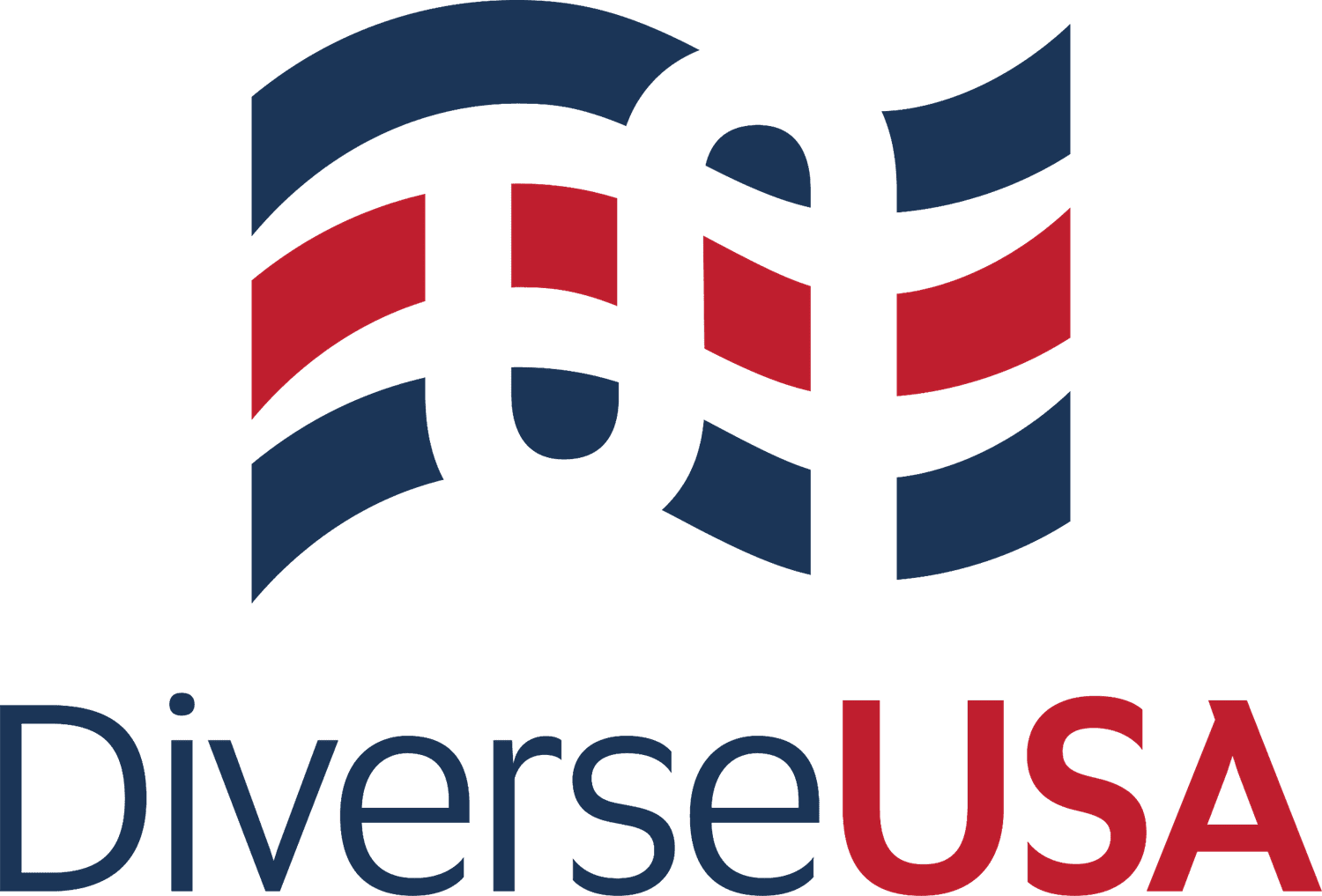

Accessibility & Associated Definitions
Prior to the passage of the Americans with Disabilities Act in 1990, it was generally thought that making buildings, sidewalks, computer, television and movie screens accessible, and voice-activated typing only benefitted persons with disabilities.
Today, all persons enjoy the benefits of accessible designs from time to time, or will at one point in their lives—whether walking or wheeling a bike or stroller with curb cuts, or dictating text messages, or watching movies with closed captioning. For persons without disabilities, barrier-free environments may be just a convenience, but for persons with disabilities (both hidden and visible) accessibility is necessary to fully participate in society, to achieve equity in employment opportunities, and for agencies and companies to hire and promote the best talent.
For this reason, on June 25, 2021, President Biden released Executive Order 14035: Diversity, Equity, Inclusion, and Accessibility in the Federal Workforce. This executive order seeks to create a Government-wide initiative to promote diversity, equity, inclusion, and accessibility (DEIA), and includes the following definition of “accessibility.”
Accessibility means the design, construction, development, and maintenance of facilities, information and communication technology, programs, and services so that all people, including people with disabilities, can fully and independently use them. This includes:
Providing accommodations and modifications to ensure equal access to employment and participation in activities for people with disabilities; The reduction or elimination of physical and attitudinal barriers to equitable opportunities; A commitment to ensuring that people with disabilities can independently access every outward-facing and internal activity or electronic space; and The pursuit of best practices such as universal design.Diversity means the practice of including the many communities, identities, races, ethnicities, backgrounds, abilities, cultures, and beliefs of the American people, including underserved communities.
Equity means the consistent and systematic fair, just, and impartial treatment of all individuals, including individuals who belong to underserved communities that have been denied such treatment.
Inclusion means the recognition, appreciation, and use of the talents and skills of employees of all backgrounds.
Allyship, is used in contemporary social justice activism to describe efforts in which a person in a position of privilege and power seeks to operate in solidarity with, and to advance the interests of, marginalized groups, both in society at large, and within particular social contexts, such as universities or workplaces.
Sponsorship (or Employment Sponsorship) refers to vouching for, supporting, advising, or helping fund another person or an organization or project.
Some Relevant Articles:
~ More Can Be Done to Increase Representation of Feds with Disabilities
~ Trapped in the Twentieth Century: Deaf Accessibility Needs an Overhaul
~ Designing digital services for equitable access
~ The EEOC wants to make AI hiring fairer for people with disabilities

